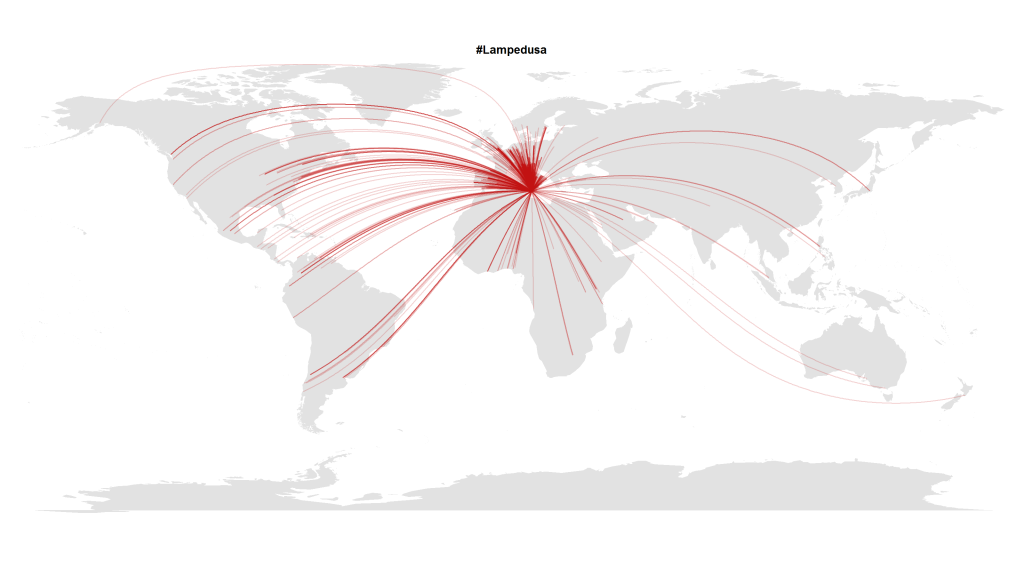One of the most intriguing tools for the Street Fighting Data Science approach is the new Google Trends interface (formerly known as Google Insights for Search). This web application allows to analyze the volume of search requests for particular keywords over time (from 2004 on). This can be very useful for evaluating product life-cycle – assuming a product or brand that is not being searched on Google is no longer relevant. Here’s the result for the most important products in the Samsung Galaxy range:
For the S3 and S4 model the patterns are almost the same:
- Stage 1: a slow build-up starting in the moment on the product was first mentioned in the Internet
- Stage 2: a sudden burst at the product launch
- Stage 3: a plateau phase with additional spikes when product modifications are launched
- Stage 4: a slow decay of attention when other products have appeared
The S2 on the other hand does not have this sudden burst at launch while the Galaxy Note does not decay yet but displays multiple bursts of attention.
But in South Korea, the cycles seem quite different:
If you take a look at the relative numbers, the Galaxy Note is much stronger in South Korea and at the moment is at no. 1 of the products examined.
An interesting question is: do these patterns also hold for other mobile / smartphone brands? Here’s a look at the iPhone generations as searched for by Google users:
The huge spike at the launch of the iPhone 5 hints at the most successful launch in terms of Google attention. But this doesn’t say anything about the sentiment of the attention. Interestingly enough, the iPhone 5 had a first burst at the same moment the iPhone 4S has been launched. The reason for this anomany: people were expecting that Apple would be launching the iPhone 5 in Sep/Oct 2011 but then were disappointed that the Cupertino launch event was only about a iPhone 4S.
Analyses like this are especially useful at the beginning of a trend research workflow. The next steps would involve digging deeper in the patterns, taking a look at the audiences behind the data, collecting posts, tweets and news articles for the peaks in the timelines, looking for correlations of the timelines in other data sets e.g. with Google Correlate, brand tracking data or consumer surveys.

